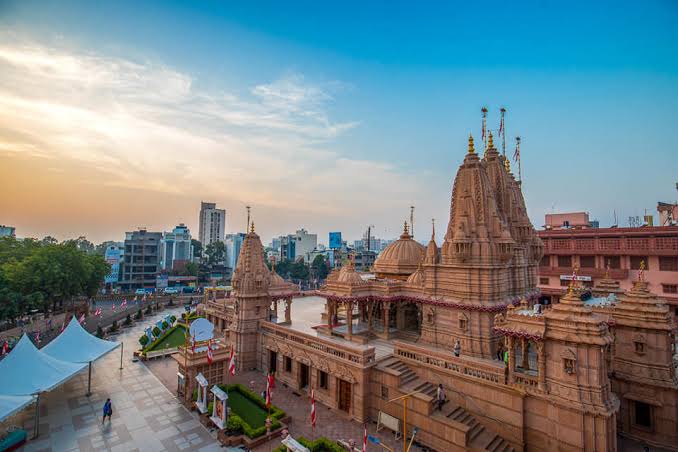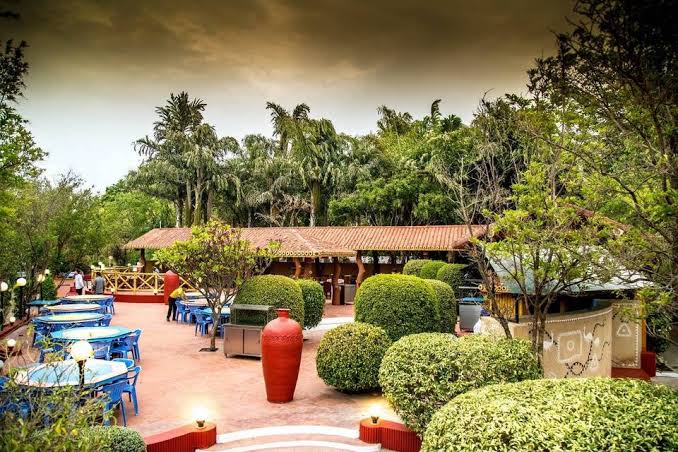Why to visit Watson Museum
The Rajkot colonial era and the history of India are both depicted in Watson Museum. The museum is separated into a number of categories, including paintings and manuscripts, textiles, inscriptions, sculptures, coins, ethnography, folk embroidery and handicraft, musical instruments, wood work, natural history, and rocks and minerals. The majority of Colonel Watson's treasures and other artefacts are maintained here since he had a passion for history and archaeology.
The museum's main attractions include replicas of Mohenjo-daro artefacts, engravings from the 13th century, temple statues, artefacts from the Indus Valley Civilization that were gathered in the Saurashtra area, collectibles from Colonial rulers, and library paintings and artefacts that were donated by neighbouring kings.
The museum, which is housed in the Queen Victoria Memorial Institute building, was founded in 1888. The British Political Agent of Kathiwad, Colonel John Watson, who started the preservation and documentation of Rajkot's history and antiquities in honour of the royal families in the area, was the inspiration for the museum's naming. The museum also features a sizable marble statue of Queen Victoria seated on a throne from the 19th century.



.jpeg)

.jpeg)
.jpeg)
.jpeg)
.jpeg)
.jpeg)
.jpeg)












